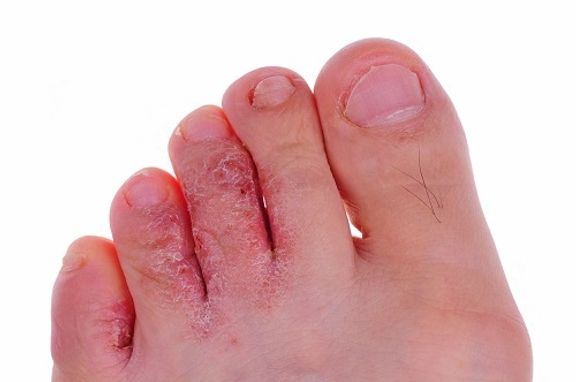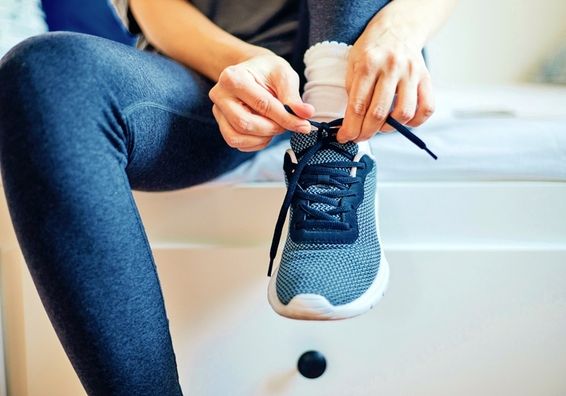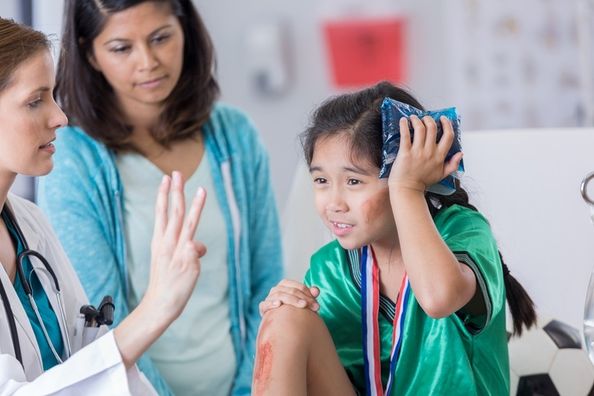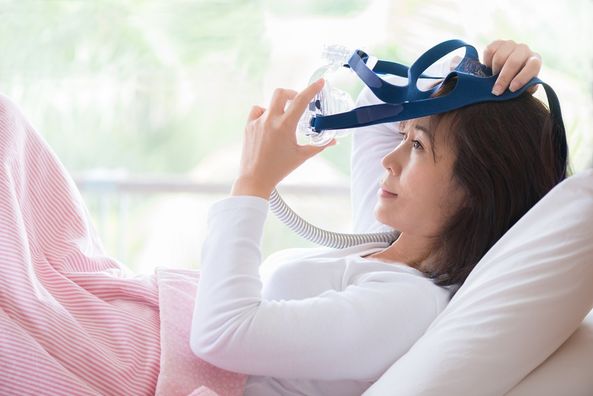Having trouble with your feet? You may be one of the many people who are experiencing a common skin issue called Tinea Pedis, or Athlete’s Foot. This problem refers to a fungal infection of the skin that can occur between the toes, or on the bottom of the foot. The symptoms of athlete’s foot infection can include scaling, fissures, itching, redness, and most notably, maceration (a white mushy-like appearance of the skin) in between the toes. Sometimes an odor may be present. This infection is extremely common, seen mainly in young to middle-aged men; however, women can also be affected.
What Does Athlete’s Foot Look Like?
Athlete’s foot is a common fungal infection that usually begins between the toes and can spread across the foot. It often appears as a red, scaly rash with itching, burning, and even peeling skin. In more severe cases, the skin may crack or blister, causing discomfort or pain when walking. Athlete’s foot thrives in warm, damp environments like locker rooms and shoes, and while it can be persistent, it’s treatable with proper care. If you notice these symptoms, it’s important to see your provider for the right treatment and prevent the infection from spreading.

What Causes Athlete’s Foot?
Trichophyton rubrum, a fungus, is the most common culprit of athlete’s foot and causes an inflammatory response in the skin after infection. There are many potential sources of infection; however, having moist feet tends to be a great risk factor.
How Can I Prevent Athlete’s Foot?
Prevention of the infection consists mainly of keeping the skin of the feet and toes as dry as possible. This can be achieved by applying powders such as Zeasorb-AF, which is an over-the-counter medication, to maintain a dry environment. Other preventive measures include gentle washing and drying of the feet daily as well as wearing flip flops in moist public environments (such as in locker rooms or near swimming pools and showers) to minimize exposure.
When Should I See a Doctor for Athlete’s Foot?
If you think you have athlete’s foot, or another rash of the feet, and the over-the-counter remedies aren’t working, it is best to come into the clinic where your provider can evaluate and treat you with something more effective. Certain conditions, such as eczema and psoriasis, among other things, can also look very much like Athlete’s foot. Sometimes, if the skin barrier is compromised, a secondary bacterial infection can occur. Your provider will assess your feet and may consider performing a test in the office to look for fungal elements and/or bacteria. Treatment of Tinea Pedis is typically topical. In advanced cases, oral anti-fungal agents or antibiotics may be employed as needed. If left untreated, severe cases may spread to infect the toenails, which are significantly more difficult to treat.
Don’t let athlete’s foot slow you down. Schedule an appointment with a primary care provider today to get the right diagnosis and treatment plan for healthy, comfortable feet.
Find Primary Care near you >
Health Topics:







